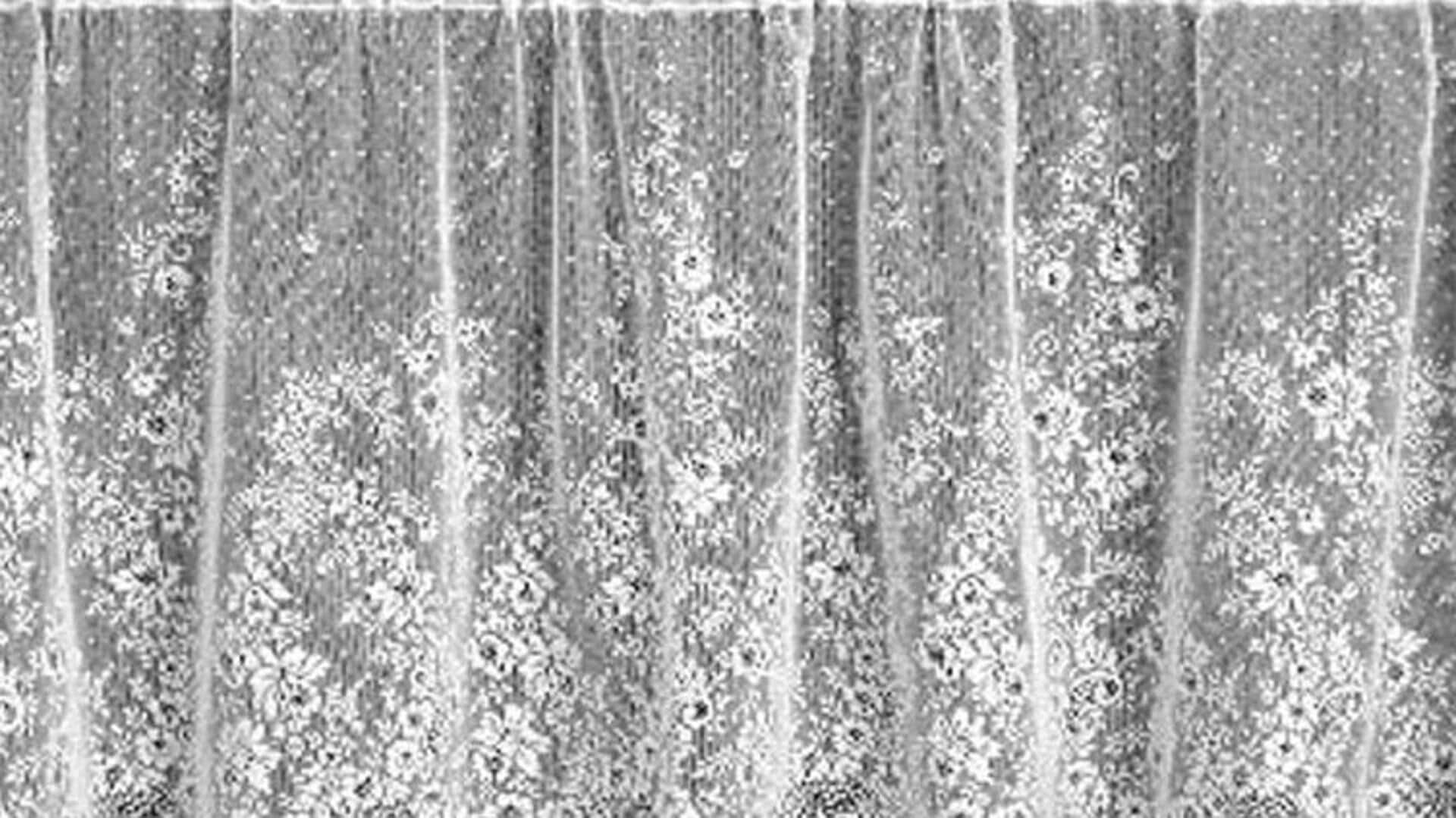
Crafting timeless looks with heritage lace
What's the story
Lace, a fabric synonymous with elegance and intricacy, has adorned garments for centuries.
Its journey from the hands of skilled artisans to today's fashion scene is a testament to its timeless appeal.
This article delves into the world of heritage lace techniques, exploring their history, key concepts, and how they can be incorporated into modern wardrobes for that classic yet contemporary look.
Background
The art of lace-making
Lace-making is an art form that dates back to the 15th century, originating in Europe.
It involves creating intricate patterns by looping, braiding, or twisting threads independently from a fabric background.
Over the years, various styles have emerged, such as Chantilly lace from France and Venetian lace from Italy.
Each type carries its own history and unique method of creation.
Key concept
Key concepts in lace design
Understanding different lace types is crucial for appreciating their beauty and fashion application.
Handmade laces, like needle and bobbin lace, are celebrated for detailed craftsmanship.
Machine-made laces, however, offer wider availability and affordability while maintaining aesthetic appeal.
Recognizing these distinctions aids in selecting the right lace for your garment, ensuring a perfect blend of style and quality.
Practical advice
Incorporating heritage lace into modern wardrobe
To infuse your wardrobe with both tradition and trendiness, start by choosing garments with lace detailing that resonates with your personal style.
A lace-trimmed blouse or a skirt featuring heritage lace patterns can add a touch of elegance to everyday outfits.
For special occasions, opt for dresses crafted entirely from fine lace to make a sophisticated statement.
Sustainability
Embracing sustainable fashion with lace
In today's eco-conscious world, choosing vintage or ethically produced lace promotes sustainable fashion.
Vintage shopping offers unique, history-rich pieces, supporting green practices.
When purchasing new, opt for brands that source ethical lace or employ artisans with traditional lacemaking skills.
This approach celebrates craftsmanship and aids in preserving these art forms for future generations, blending heritage and sustainability in fashion choices.